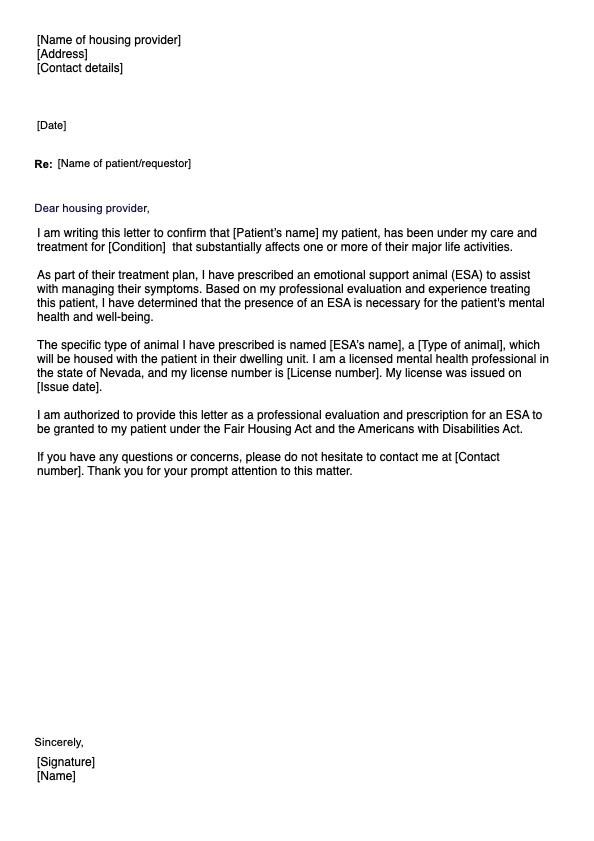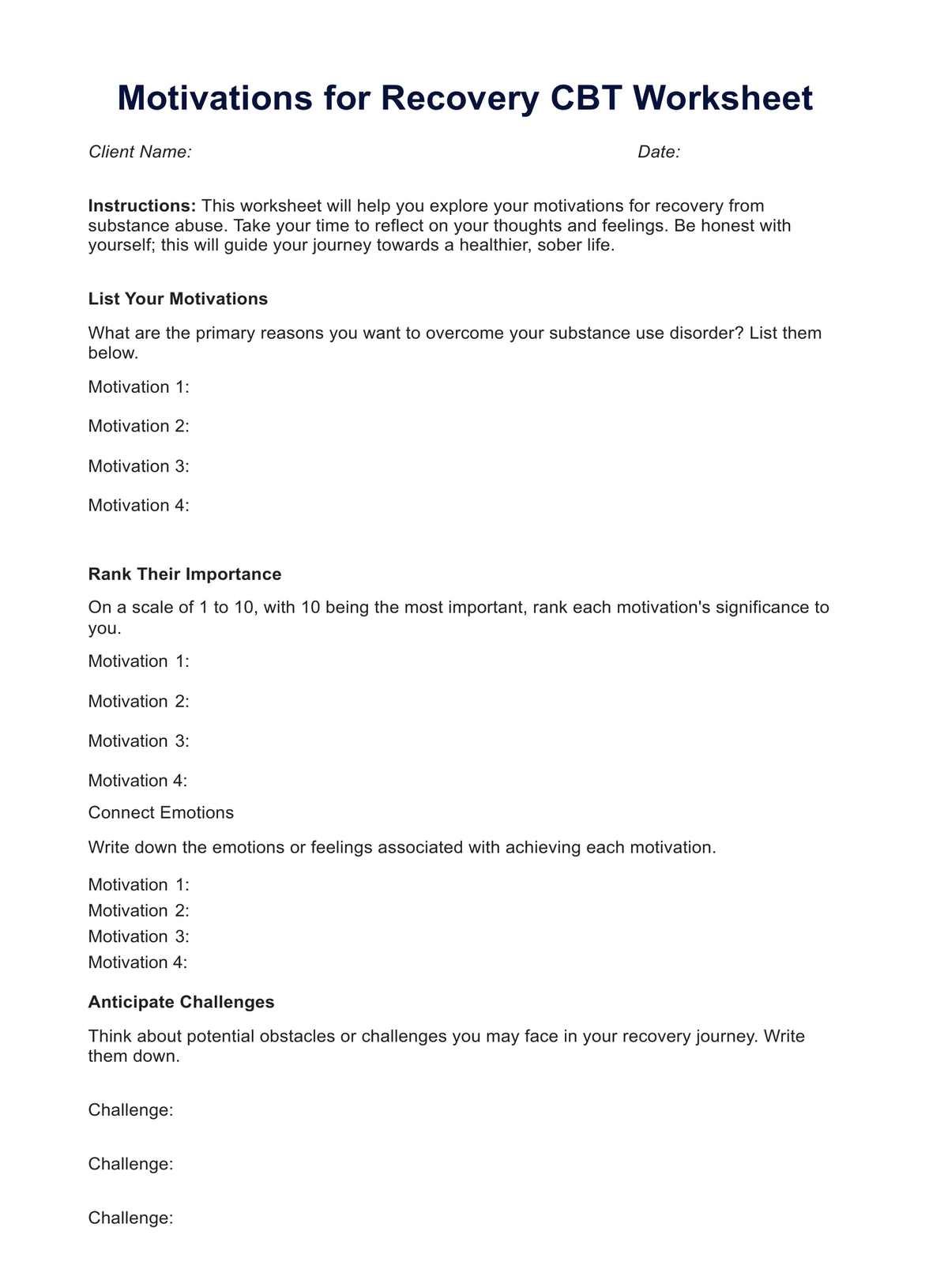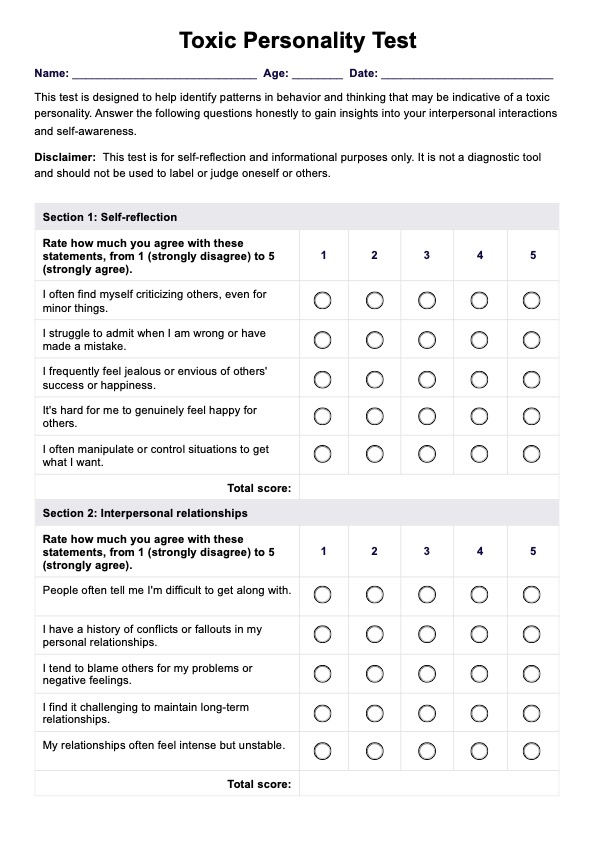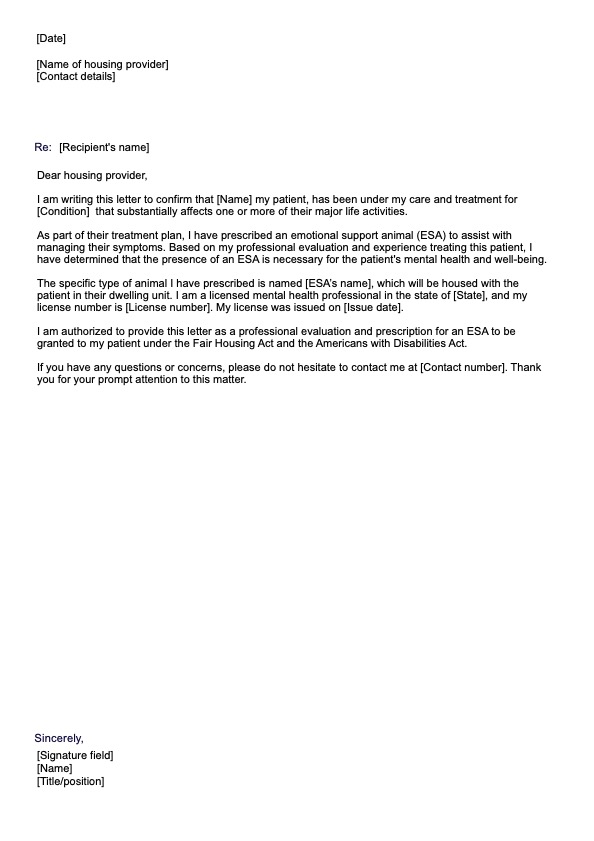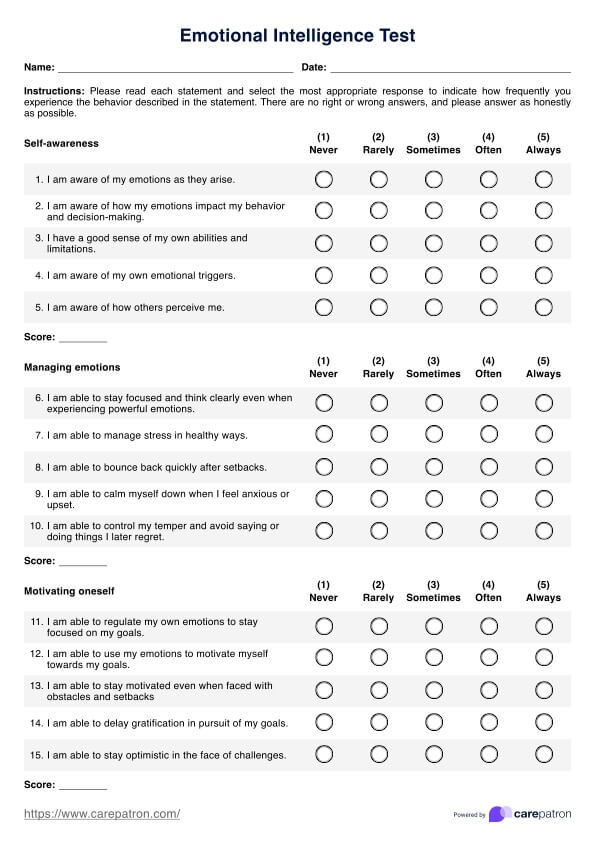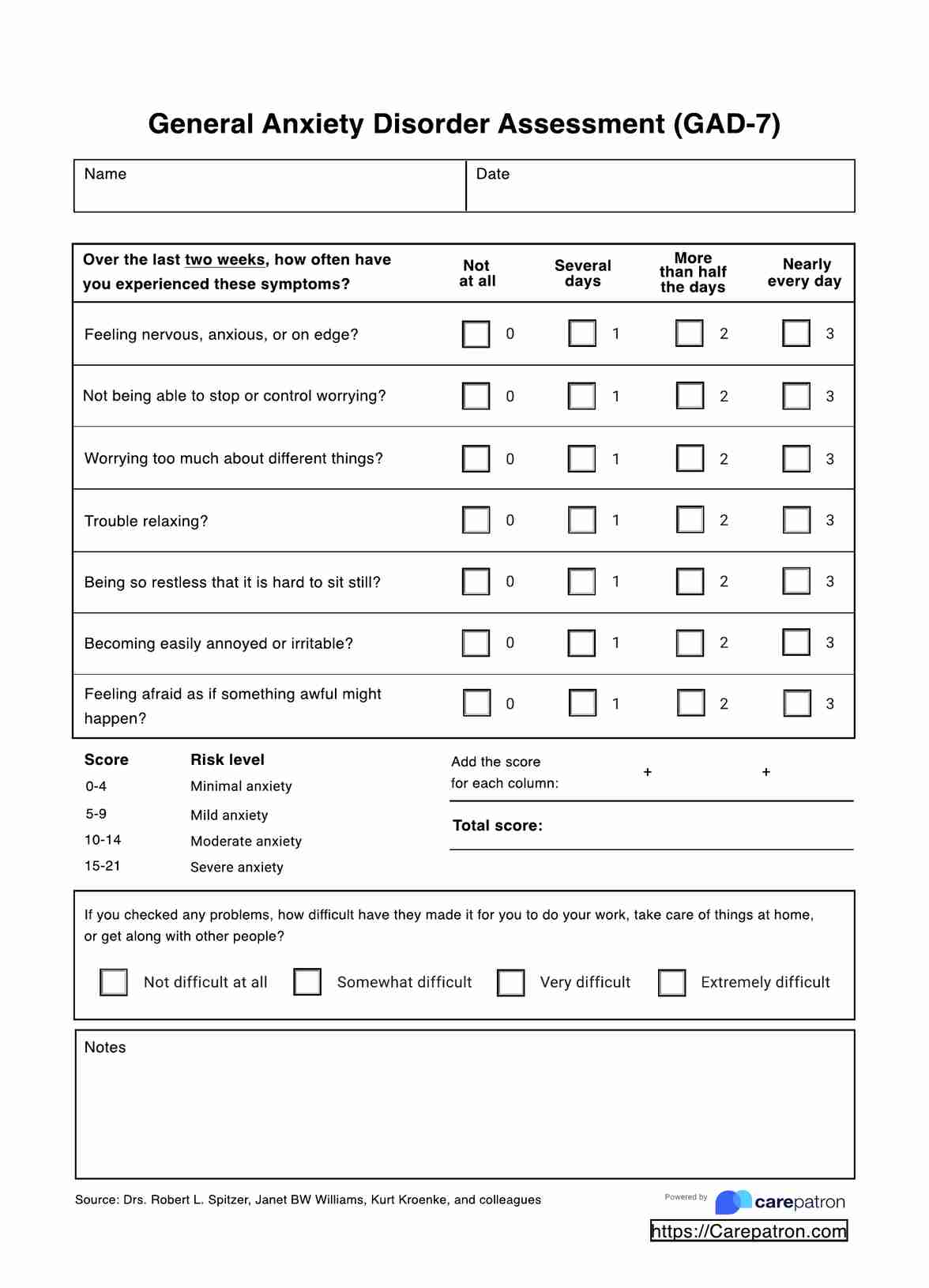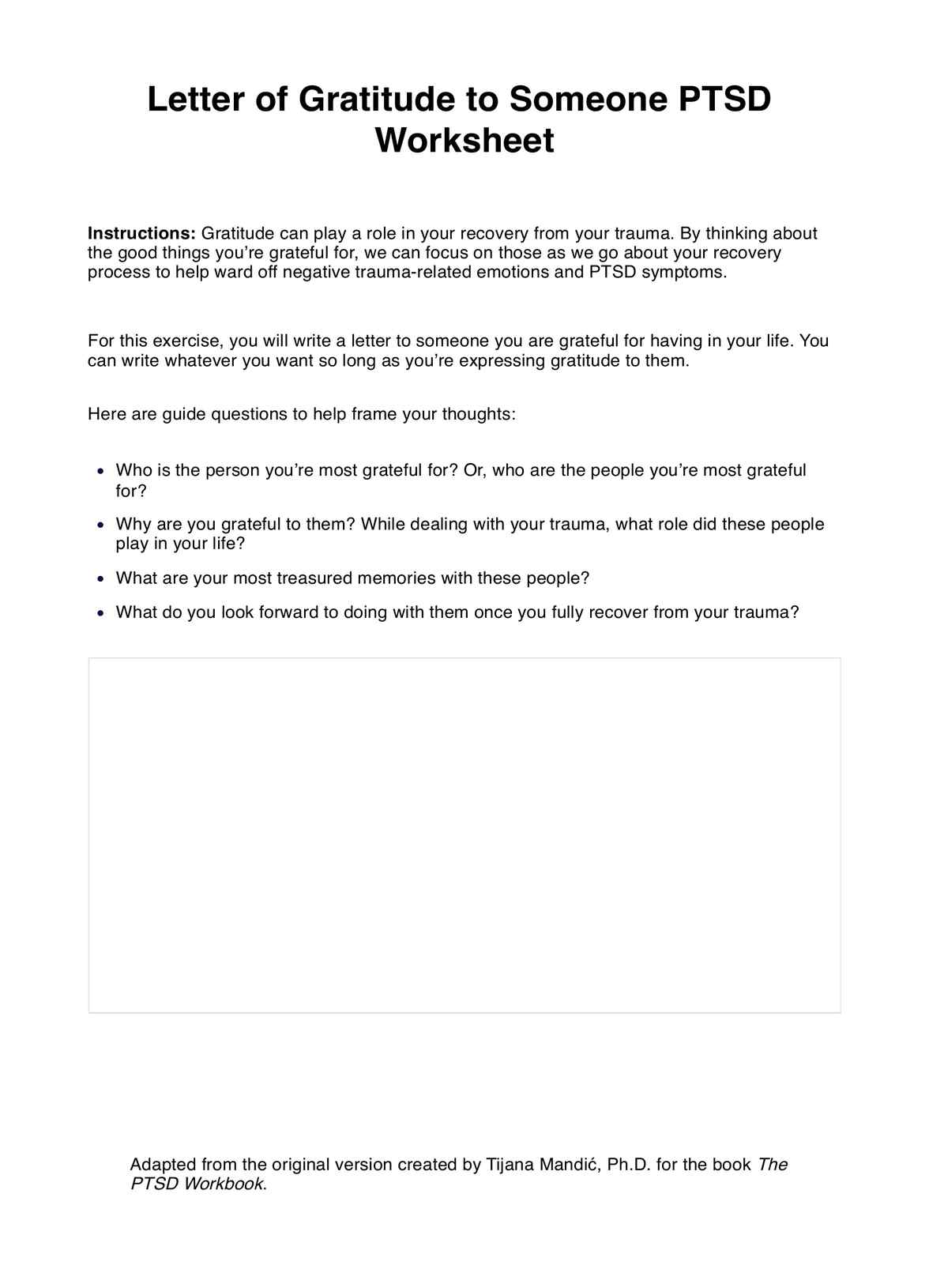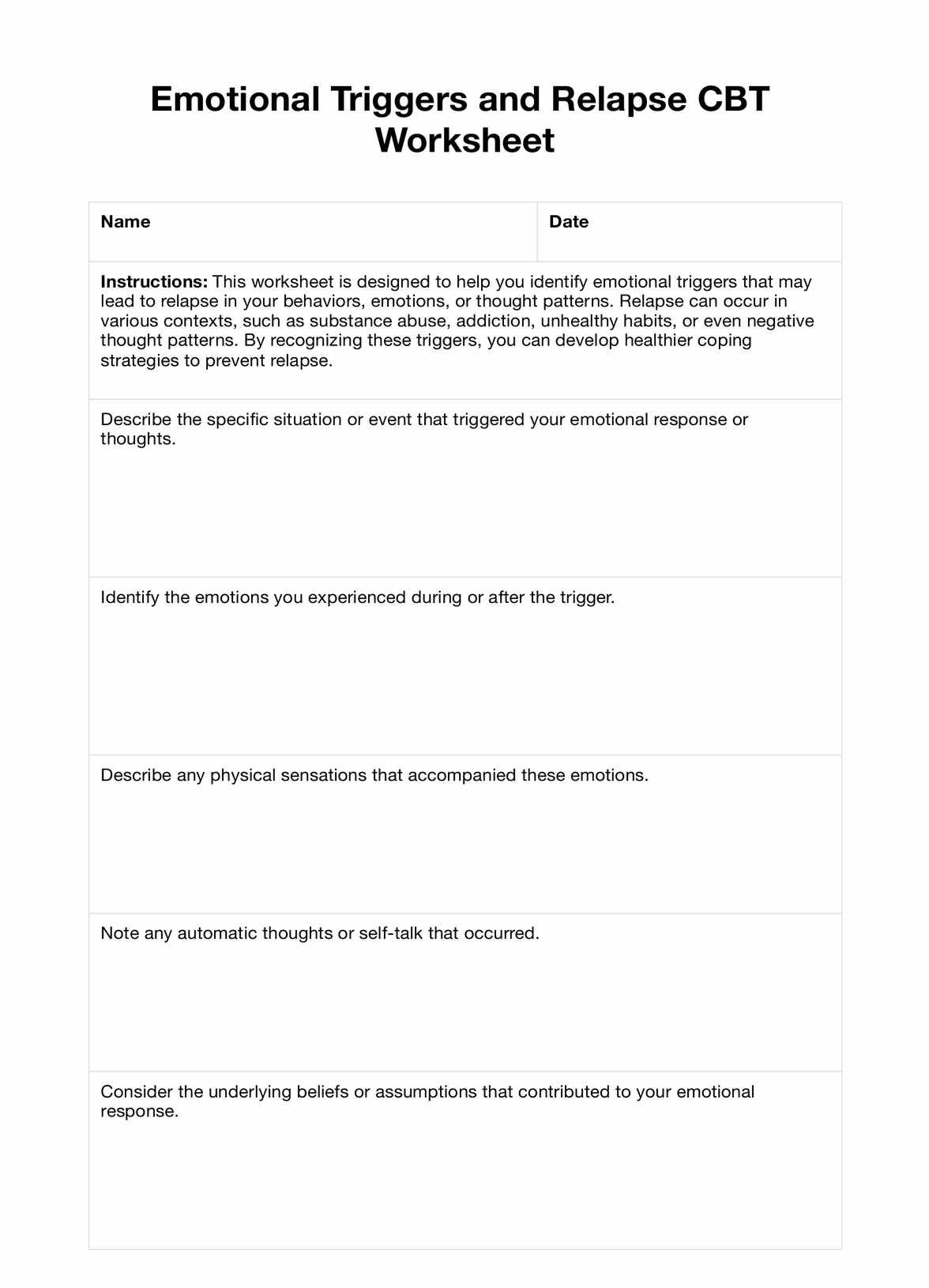Complex PTSD Test
Discover one of the ways to identify and test your client for Complex PTSD with a test like the International Trauma Questionnaire.


What is complex PTSD?
Complex Post-Traumatic Stress Disorder or Complex PTSD, which originated in the early 1990s, is a disorder that occurs when the patient experiences similar traumatic events as those with PTSD but repeatedly. A traumatic event may be:
- Staying in war zones or being a prisoner of war
- Being a victim of torture, violence, kidnapping, slavery, trafficking, childhood neglect/abandonment, physical/sexual/emotional abuse
- Long-term exposure to domestic violence/abuse
- Childhood trauma
- Physical or sexual abuse
- Repeated trauma
- Substance abuse
- Unresolved underlying trauma
- Physical abuse
As a result of these repeated traumatic experiences, not only do CPTSD patients have a longer, tougher, and more complex healing journey, but they also have additional symptoms that PTSD students don't exhibit, such as:
- Depressive feelings that may lead to self-harm or suicidal thoughts
- Physical pain
- Relationship problems caused by a lack of trust
- Self-esteem issues, including constant feelings of shame and guilt
- Extreme stress
- Traumatic memories and intrusive memories
Since this is a relatively new diagnosis category under complex post traumatic stress disorder, tests are few and far between. One approach is to keep track of the symptoms - starting date, changes, frequency, and intensity - and the triggers. Another is by utilizing the International Trauma Questionnaire.
The International Trauma Questionnaire or ITQ is a self-report questionnaire with 2 subscales, 3 symptom clusters each, and 18 questions. The first half is symptoms for those who may have PTSD may be experiencing while the other is for those with CPTSD. To be diagnosed with CPTSD, one must be experiencing the symptoms of both halves. For a more comprehensive explanation of scoring and interpreting, look at the How to Score section and the FAQs below.
Complex PTSD Test Template
Complex PTSD Test Example
How to test for complex PTSD
Step one: Consult with your patient
Before providing them with a test, it's best to consult with your patient to know what's troubling them, gather medical history, and conduct other tests to eliminate other diagnoses such as borderline personality disorder or any other personality disorder or underlying mental illness.
Inversely, ensure that you're not misdiagnosing your patient with BPD. If they feel your descriptions of someone with BPD or symptoms don't match their experience or traumatic events, then it's best that you move forward with the test we've provided: the ITQ or the International Trauma Questionnaire.
Step two: Access the template
Access the template by clicking this guide's “Use this Template” or “Download Template” button. Alternatively, you can type the “Complex PTSD” keyword in the search bar in our template library on our website and app.
Step three: Conduct the test
When it is time to conduct the test, you have two options:
- Give the patient a copy of the template to answer before their next consultation.
- Guide your patient by having them answer the test verbally while you write down the answers and score.
Following the test, to be thorough with assessment, you may also ask your patient to track their symptoms - their frequency, severity, etc. - for the next consultation.
Step four: Proceed with the next step
Once they have accomplished the test and made any additional requests you've asked, such as listing down their symptoms, set another appointment with them to diagnose or formulate a treatment plan.
Scoring the ITQ for Complex PTSD Test
To score the ITQ, tick the appropriate box according to the patient's answer and how bothered they are by the problem or traumatic events mentioned in the items. Generally, if the problem doesn't disturb your patient, give it a 0, and if it greatly affects them emotionally or even physically to the point of interfering with their daily life, score it a 4.
For this test, the patient mustn't skip a single question as a diagnosis relies heavily on their answers for both halves of the test. Answering only the first or second half will result in a failure in diagnosing any mental disorders, especially within complex PTSD.
When to use the template of ITQ for CPTSD?
Any practitioner who feels like their patient will benefit from this test can hand it out to them and ask them to fill it out since it was designed as a self-report questionnaire. You, as a practitioner, will also find that you can use this template for the following:
- Differentiating borderline personality from complex trauma
- Differentiating traumatic stress disorder PTSD from diagnosing complex PTSD
- Identifying the severity of certain symptoms to formulate a diagnosis and a treatment or management plan as well as support those who are living with chronic trauma.
- Guiding your interview flow should you want a more in-depth assessment or interview to understand the patient more
- Identify or have an idea of other mental health condition they may have developed, such as chronic illnesses, generalized anxiety disorder, or major depressive disorder, based on their answers as well as be able to move towards making an accurate diagnosis.
It can also guide you in deciphering coping skills that may be related to previous trauma as well as trauma symptoms. It can be helpful knowing what emotional regulation skills the individual has to guide ptsd treatment and work through any unresolved trauma in order to begin the healing process.
Who can use the Complex PTSD Test?
Since PTSD symptoms most likely affects one's mental health, any mental health professional may use this test for Complex PTSD and utilize it for their practice. However, for the sake of specificity, here's a list of licensed mental health professional practitioners who may conduct the test and find our downloadable template helpful:
- Clinical social workers
- Licensed professional mental health counselors
- Nurse practitioners or psychiatric nurses
All of the aforementioned practitioners are qualified to provide psychotherapy and medication to those with PTSD symptoms; therefore, they may do the same with CPTSD since they are closely related.
.png)
Benefits of the free template to test for Complex PTSD
Easy to use and understand
With simplified questions devoid of medical jargon, patients don't need to research definitions and can easily fill out the test with their experiences as the basis.
Increased patient self-awareness
Since this is a self-report questionnaire, the patient is encouraged to introspect and be self-aware of the symptoms they're experiencing to answer the test as accurately as possible.
Structure and guidance
There are several approaches a practitioner can take to diagnose a patient with Complex PTSD symptoms. However, should they need a starting point, guidance, or structure if they opt to do an interview, they can refer to this template and even use it as a resource.
Facilitates communication
Should this template be used as a guide rather than a resource, it aids in facilitating communication because practitioners can use the questions as a jumping-off point rather than asking more general questions that may cause the patient to go off tangent. It can support communication about any difficulty maintaining relationships as well as who might be able to support them during outpatient treatment.
Early detection
Patients who have Complex PTSD symptoms can be misdiagnosed to have borderline personality disorder or PTSD. By having them take the test, you can detect early if they should or shouldn't be diagnosed with Complex PTSD. This way, you can begin psychological therapies such as cognitive processing therapy (CPT) that will support your clients early as well as reduce prolonged trauma.
Commonly asked questions
Dr. Judith Herman from Harvard University was the first person who proposed Complex PTSD as a new diagnosis for patients who are experiencing long-term trauma.
Utilizing the ITQ is pretty simple. As soon as the patient expresses concerns about their symptoms and shares that they’re going through traumatic experiences, you may immediately give them a copy of the test to answer. For a step-by-step guide, you may refer to the section: “How to Test for Complex PTSD” above.
Interpretation is dependent on what the practitioner gathers from the test and consultation. However, as far as the test is concerned, they most likely have Complex PTSD if they meet all of the following criteria:
- Has at least one symptom present from each PTSD cluster, a.k.a the first half of the test (i.e. Qs 1&2 = one cluster, Qs 3&4 = another cluster, Qs 5&6 = final cluster)
- Has at least one functional impairment from the first half (i.e. Qs 7-9)
- Has at least one symptom present from each CPTSD cluster, a.k.a the second half of the test (i.e. Qs 1&2 = one cluster, Qs 3&4 = another cluster, Qs 5&6 = final cluster)
- Has at least one functional impairment from the second half (i.e. Qs 7-9)


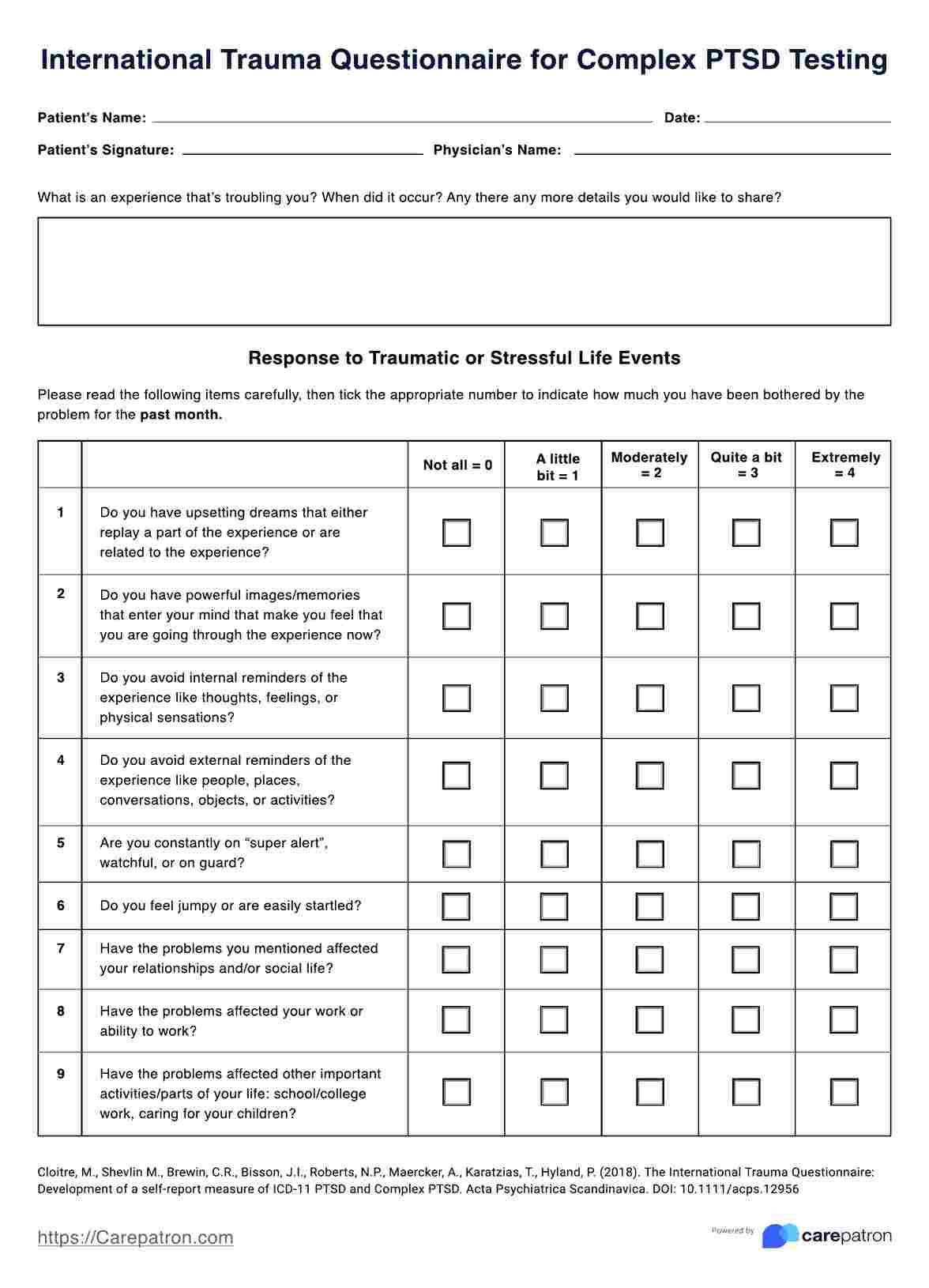
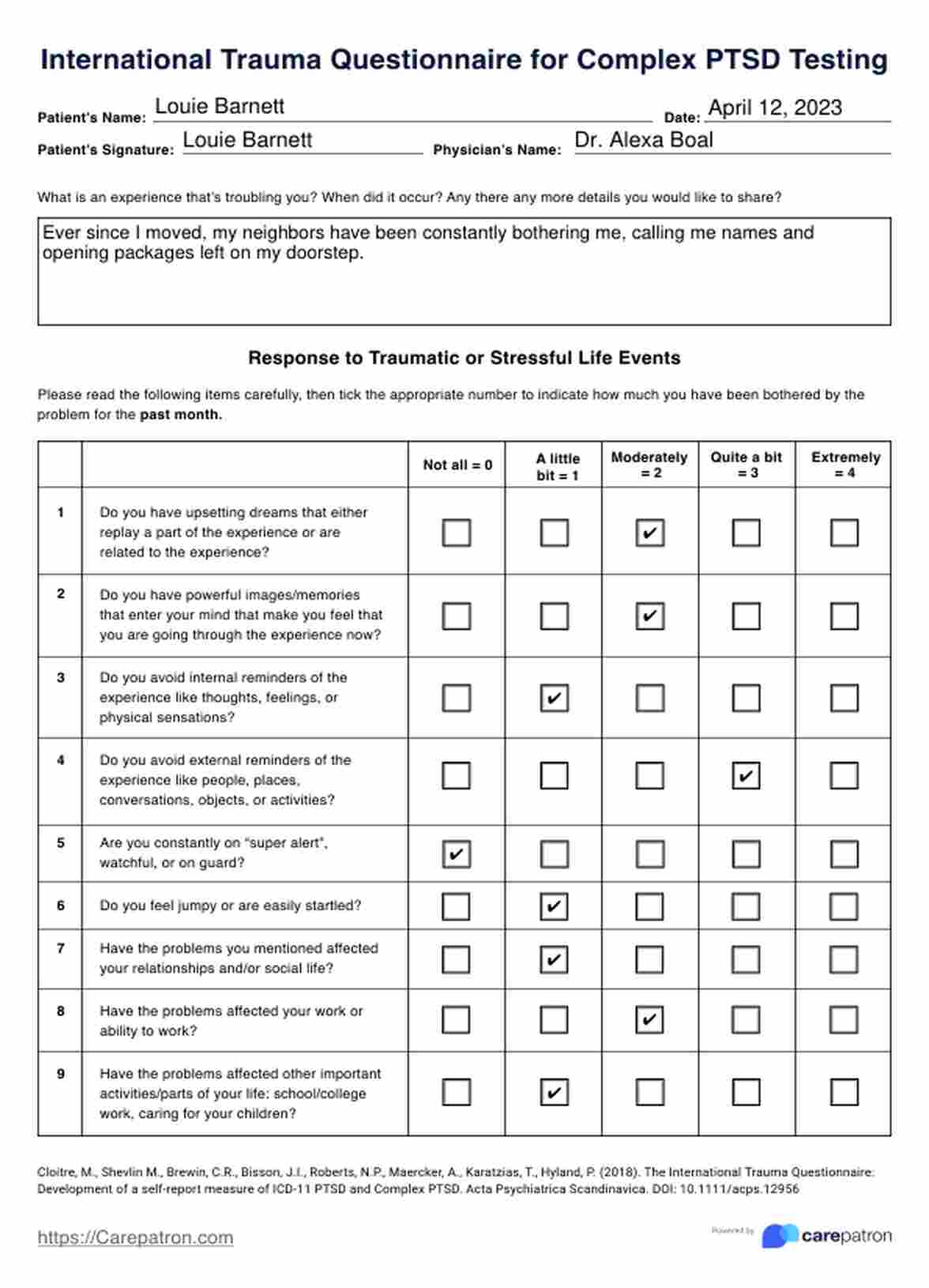
















-template.jpg)




















































































